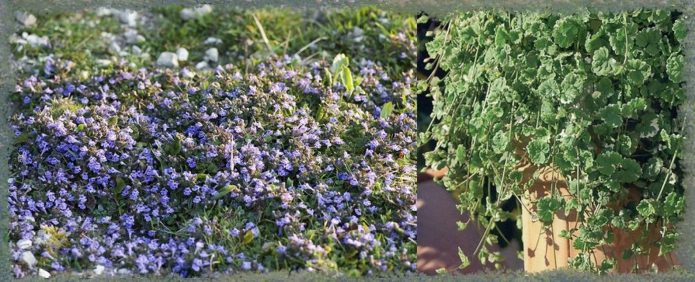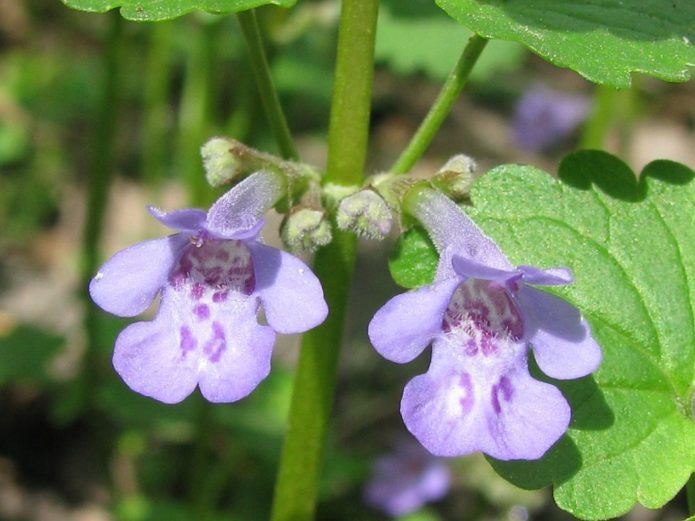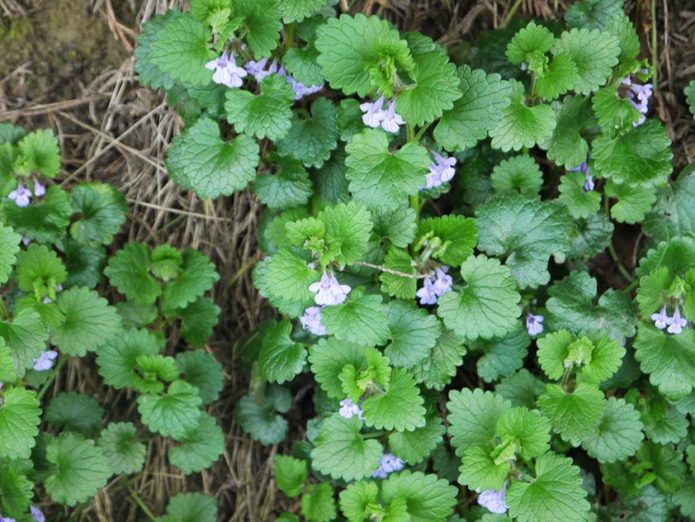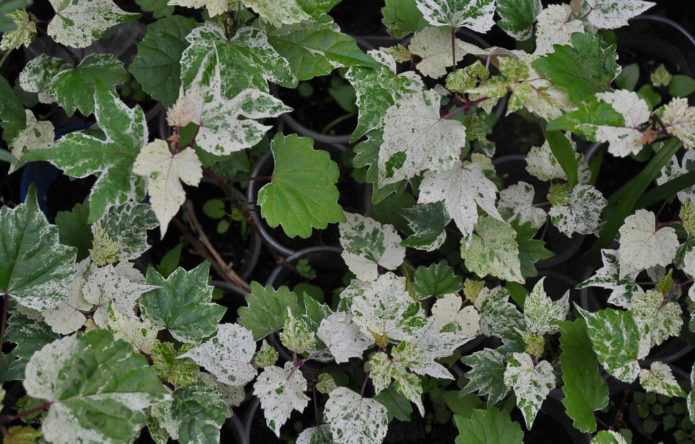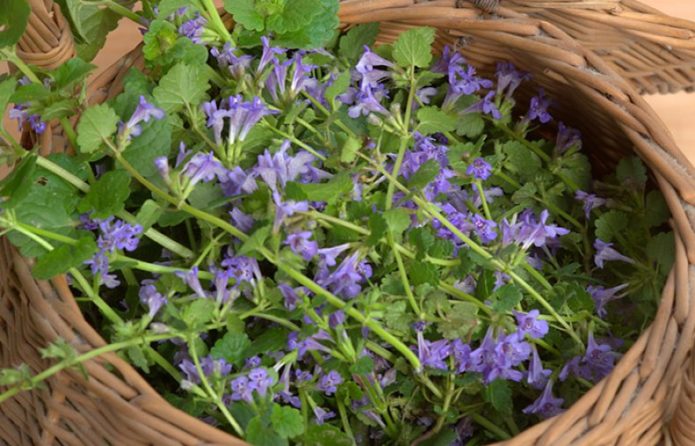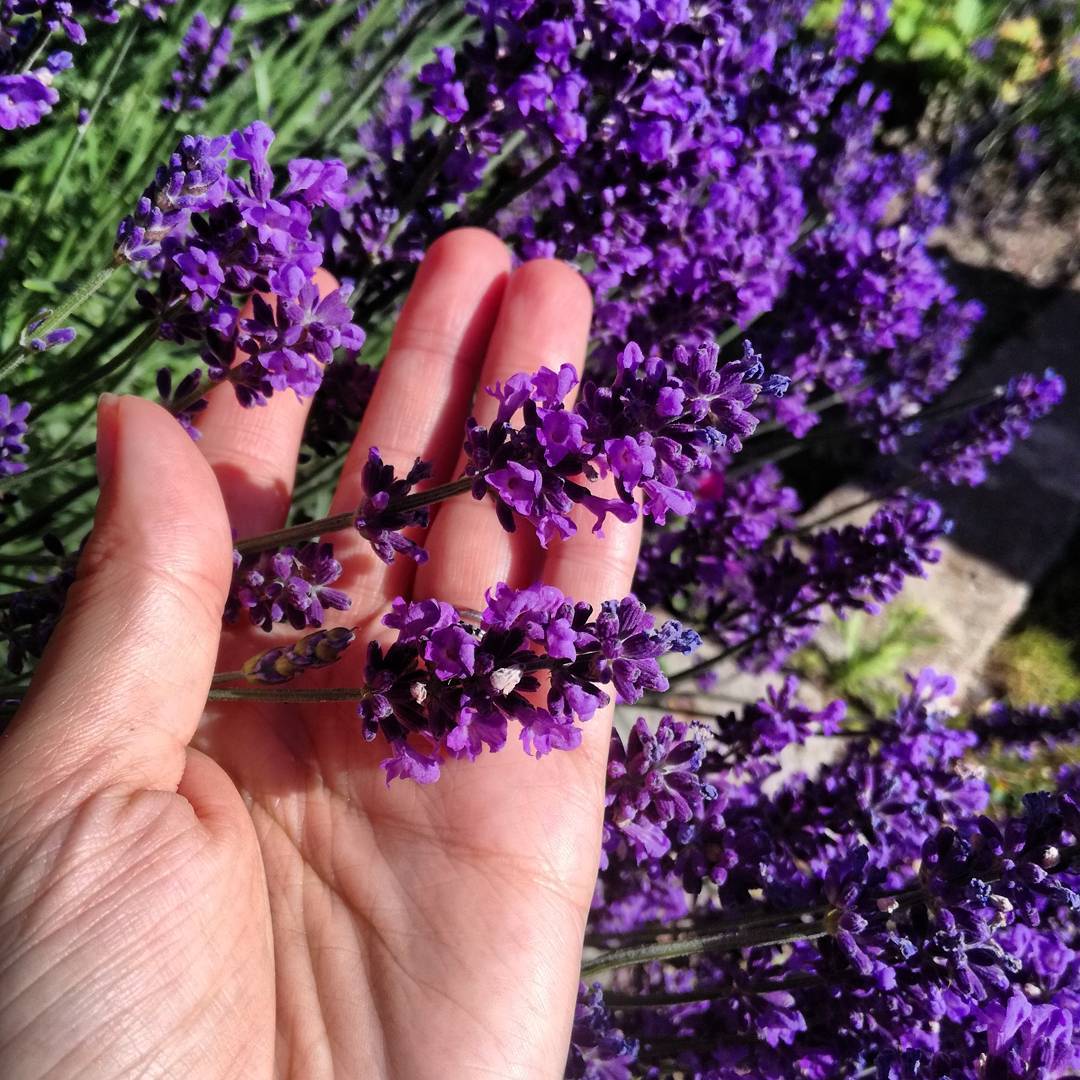Budra is a herbaceous perennial from the Yasnotkov family. In nature, it can be found everywhere, since the plant is considered a weed and grows intensively on its own. This herb is also popularly called “catnip” because of the peculiar aroma that attracts cats so much. Ivy buddha is grown for decoration in personal plots as a soil broker, which is due to its attractive pale lilac flowers. In addition, the plant has practical benefits: it is a honey plant, used for medicinal purposes.
Content
Growing features
Budra is considered a versatile plant, equally successfully taking root in the open field and on home windowsills in pots.... Indoors, compact species of budra are mainly grown, which do not take up much space. And in the plots, ivy-like representatives are planted, capable of forming a continuous vegetative carpet. Garden designers are actively involved in the design of rockeries, alpine slides, flower beds and other compositions.
In addition to its decorative function, budra has a number of other advantages:
- it is a perennial, which eliminates the need for annual planting of new flowers;
- the plant tolerates low temperatures and various adverse natural factors;
- it begins to bloom early;
- flowers are unpretentious to care for;
- a ground cover prevents rapid evaporation of moisture from the soil and excessive weed growth.
Budra has green foliage all year round, even under snow cover. Leaves are small in size, round or heart-shaped with jagged edges. The regrowth of leaves occurs in waves in two runs: the first - from the end of April until flowering, the second - from August (after flowering) to late autumn. It follows that the flowering period lasts from May to the end of August, that is, the entire growing season. For the winter, Budra enters a dormant stage.
Grass tends to grow uncontrollably over the site. To slow down this process, it is required to systematically cut off the shoots and set up restraints that will protect other plants in the area from perennials. Boudre doesn't care where it grows - in the sun or in the shade. Regarding the composition of the soil, there are also no individual preferences - an ordinary garden substrate with the addition of river sand (ratio 5: 1) is suitable. For home cultivation, you can buy a ready-made substrate in a flower shop and add expanded clay to it (about 15% of the total volume). But the humidity should be high, especially in steady heat. Because of what it is recommended to plant the plant near artificial reservoirs.
Types of Budra with photos
The most common varieties of budra in garden and home cultivation:
- Common - a plant up to 40 cm high with creeping shoots and slightly raised tops. Its low-lying leaves are shaped like a heart, the upper ones are rounded. The grass blooms in clusters of buds of a light purple or violet hue. There are varieties with red flowers.
- Ivy is a variety that grows up to 60 cm. It blooms mainly with purple and blue flowers.
- Ivy is the smallest variety available (no more than 20 cm in height). As it grows, it forms a dense cover due to long branching stems. The leaves are mostly kidney-shaped. When flowering, the plant exudes a light mint aroma. Its inflorescences consist of 4-5 buds of a lilac shade.
- Variegated - a variety no more than 20-25 cm high, which grows no less actively in the adjacent territory, but does not create such a dense cover. Multiple shoots up to 40 cm long grow from its stems. The plant has a deep green foliage with specks on the surface and a white border.
There are no hybrid forms of budra yet.
Landing in open ground
Since the plant is extremely thermophilic, it is planted in the garden when the soil warms up and a stable temperature of + 10 ° C is established outside. The ground cover begins to develop only actively at a temperature of + 20–22 ° C.
Planting budra is possible in two ways:
- Seeds. Take seed collected from old plants after flowering (in September). The seeds are pre-wrapped in a damp cloth for 3 days, which accelerates their germination. And you can also sort out non-viable seeds at this stage. The sowing procedure is carried out in early spring or late autumn (in regions with warm winters). The seeds are evenly distributed over the surface of the soil, lightly pressed down by hand and sprinkled with earth. After completing the work, the crops are watered. For successful germination, watering will be required at least twice a week.
- Cuttings. A productive way, which is permissible to resort to throughout the summer. Cut off the tops of shoots 15–20 cm long, only without flowers. They are placed in water or dripped into a wet peat-sandy substrate (mixed in equal proportions) and wait for the appearance of the first roots. Then the cuttings are transplanted to a permanent place of growth in the garden.
Budra care
Since Budra is not particularly demanding on the conditions of growth and care, it does not take much time from summer residents. But this does not exclude a number of rules that should be followed when growing a ground cover.
In the garden
Main agricultural activities:
- Water the plant as the upper soil layer dries. Usually in the summer, it is enough twice a week, in heat - every day.
- Top dressing is started once a month at the stage of active grass growth - from May to the end of July. They use complex mineral compositions or organics.
- Repotting the bud is often not recommended, but if necessary, do it in the spring. Before the procedure, it is necessary to prune the shoots.
- Pruning is done with the onset of the first spring warming, until the plant has entered a phase of active growth. This technique allows you to form beautifully shaped bushes. And the remaining shoots are used for reproduction.
During the winter season, Budra will feel comfortable at temperatures within +5 ° C. Usually, the plant is not insulated with anything, but for safety reasons, some gardeners throw spruce branches and other plant waste from the garden.
At home
Taking care of your catnip in your home is not much different from taking care of it outdoors.This refers to the following activities, which are resorted to in the spring and summer:
- the plant is watered abundantly, but without creating swampiness;
- on hot days, the leaves are sprayed with water, since Budra does not tolerate dry air;
- transplant budra as needed, when it becomes cramped in an old pot (if the plant develops well and looks healthy, then it is not disturbed);
- perennials are fed once a month with universal complex fertilizers;
- cut off the bud immediately after exiting the dormant stage (the shoots remaining after the procedure are used for reproduction).
During winter dormancy, the plant is stopped feeding and watered once a month.
Table: optimal conditions for keeping Budra, depending on the season
| Season | Temperature | Humidity | Illumination |
| Spring Summer | + 19-25 ° C (during the day, flower pots are taken out to the balcony, shading them) | Preferably high | Budra loves bright light, but with protection from the midday heat. It is located on the southern, eastern and western windowsills. |
| Autumn winter | + 10-13 ° C |
Table: growing problems and solutions
| Painful manifestations | Causes | Correction methods |
| The foliage turns yellow and falls | Excessive watering, which leads to root rot | Normalize the watering regime |
| The tips of the leaves turn yellow and curl | Lack of nutritional components | They feed the plant more often |
| Growth inhibition, leaves become lethargic, lose their rich color and constrictions appear on them | Not enough moisture | It is necessary to moisten and spray more often |
Diseases and pests
Most often, Budra gets sick at home and only with inappropriate care. Common diseases:
- powdery mildew - develops when a perennial is in a poorly ventilated room and with excessive watering;
- root rot - affects the underground part of the plant with constant soil moisture.
Treatment is carried out by watering with a solution of a fungicide (for example, Fundazole). In the second case, you will also need to transplant the plant into a fresh substrate with preliminary cutting of the affected roots.
Of the pests, the following are especially dangerous:
- aphid;
- spider mite;
- whitefly.
They settle on budra leaves in case of improperly organized watering. They get rid of them with the help of treatment with insecticidal preparations: Fitoverm, Aktara, Aktellik.
Medicinal properties and contraindications of ivy budra
The usefulness of Budra is due to its rich biochemical composition, which includes organic and amino acids, vitamins. The leaves of the herb are bitter in taste due to the saturation of essential oils.
Budra is used in folk medicine due to its wide range of medicinal properties:
- antiseptic;
- antispasmodic;
- regenerating;
- expectorant;
- anti-inflammatory;
- anti-sclerotic;
- antipyretic;
- diaphoretic.
The following diseases are treated with this herb:
- pathology of the urinary system and gastrointestinal tract;
- cold;
- diabetes;
- bronchitis;
- impaired liver function;
- dermatological disorders (externally).
For the preparation of medicinal raw materials, the grass is plucked from May to September.
Homemade Medicines Recipes:
- Infusion. Pour 30-40 g of finely chopped herbs with a glass of boiling water and leave for about 40 minutes. They drink it warm, 50 ml 2-3 times a day. This remedy is effective for wet coughs and chronic rhinitis, asthma, painful sensations during urination, liver and kidney pathologies, and disorders in the digestive system.
- Broth. 1 tbsp is poured into 200 ml of water. l. fresh budra and put on fire. Bring the liquid to a boil and immediately turn it off, then wait for it to cool. The broth is used to wash burns, purulent wounds and other foci of skin lesions. A similar remedy helps with acne. In the case of treatment of boils, herbal compresses are applied.
- Expectorant collection.Several components are mixed in equal proportions: cocklebur, clefthoof grass and budra. Measure 1 tbsp. l. mixture and fill it with hot water (200-250 ml). Insist on the remedy for 30–35 minutes. and consume half a glass three times a day after meals.
With herbal medicine, the prescribed dosages should be strictly adhered to, which is associated with some toxicity of the herb... Otherwise, side effects from the use are possible:
- dizziness;
- nausea;
- vomiting;
- increased salivation;
- pulmonary edema.
Europeans use the young foliage of Budra as a spicy addition to meat dishes and vegetable salads. It improves digestion, increases appetite and generally heals the gastrointestinal tract. In addition, the herb promotes weight loss through its ability to enhance fat burning.
Video: useful information about ivy bud
Because of its long shoots, budru is often grown as an ampelous plant. In hanging flowerpots, it looks impressive and can decorate not only the interior of the apartment, but also garden structures: gazebos, terraces, entrance lobbies and fences. Landscape designers often use ivy and other types to decorate curbs and artificial reservoirs, as well as lawns and lawns.
